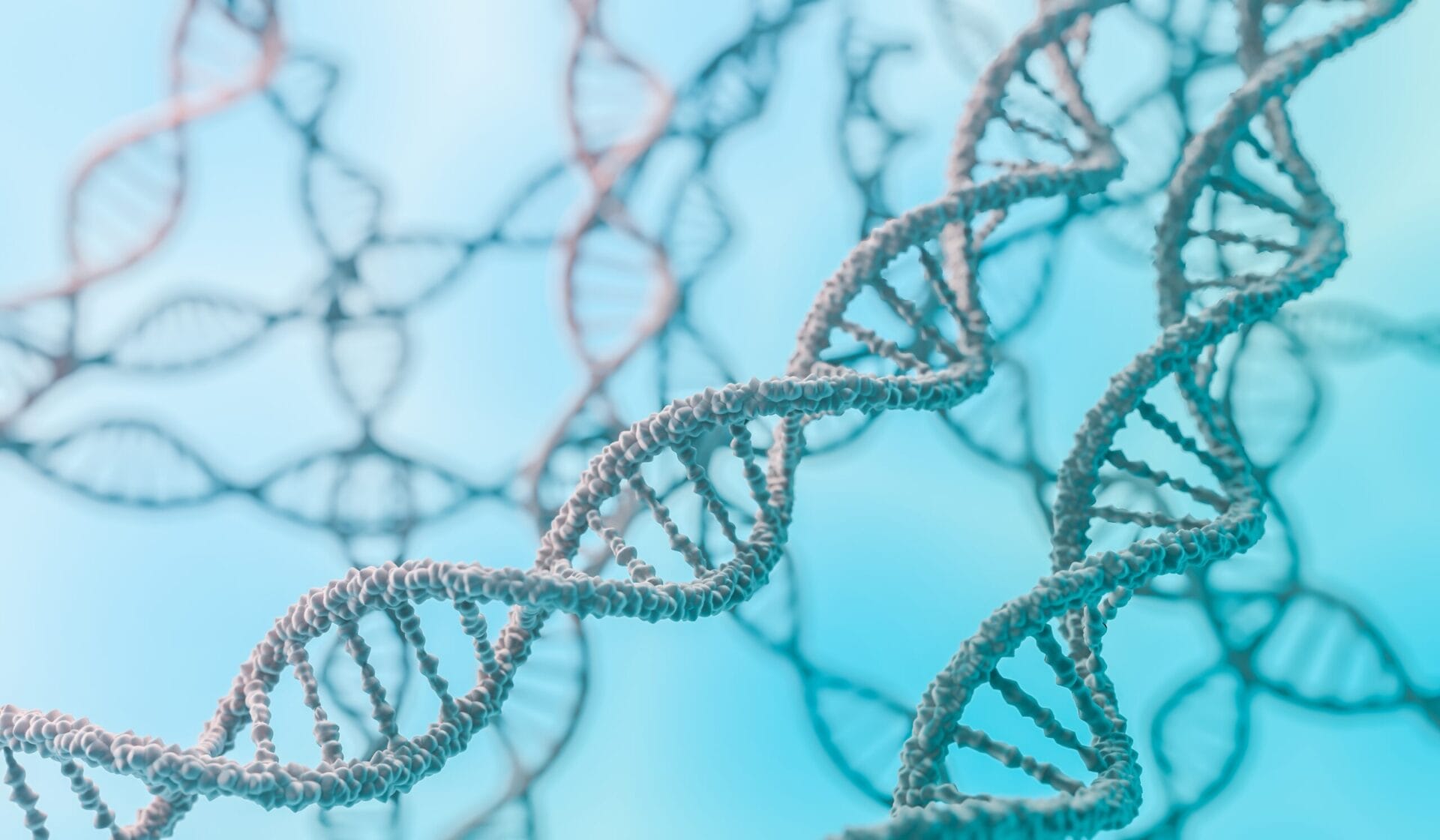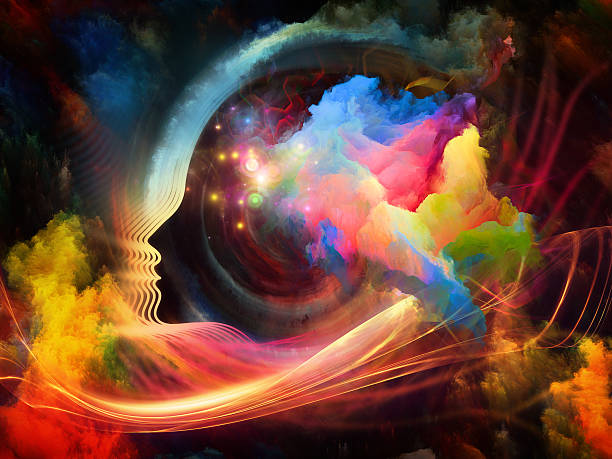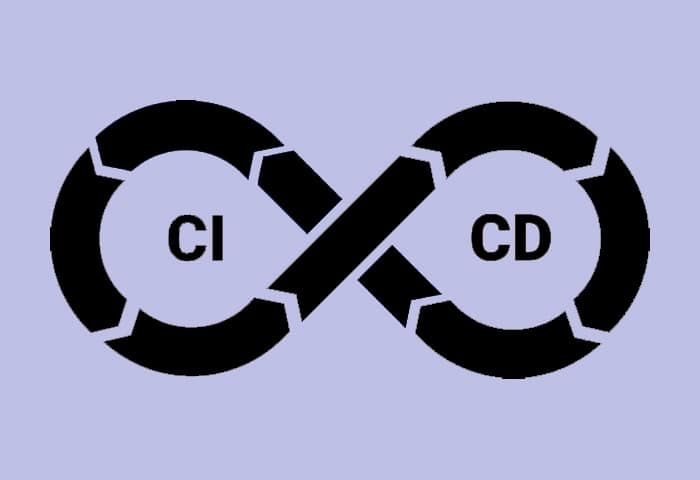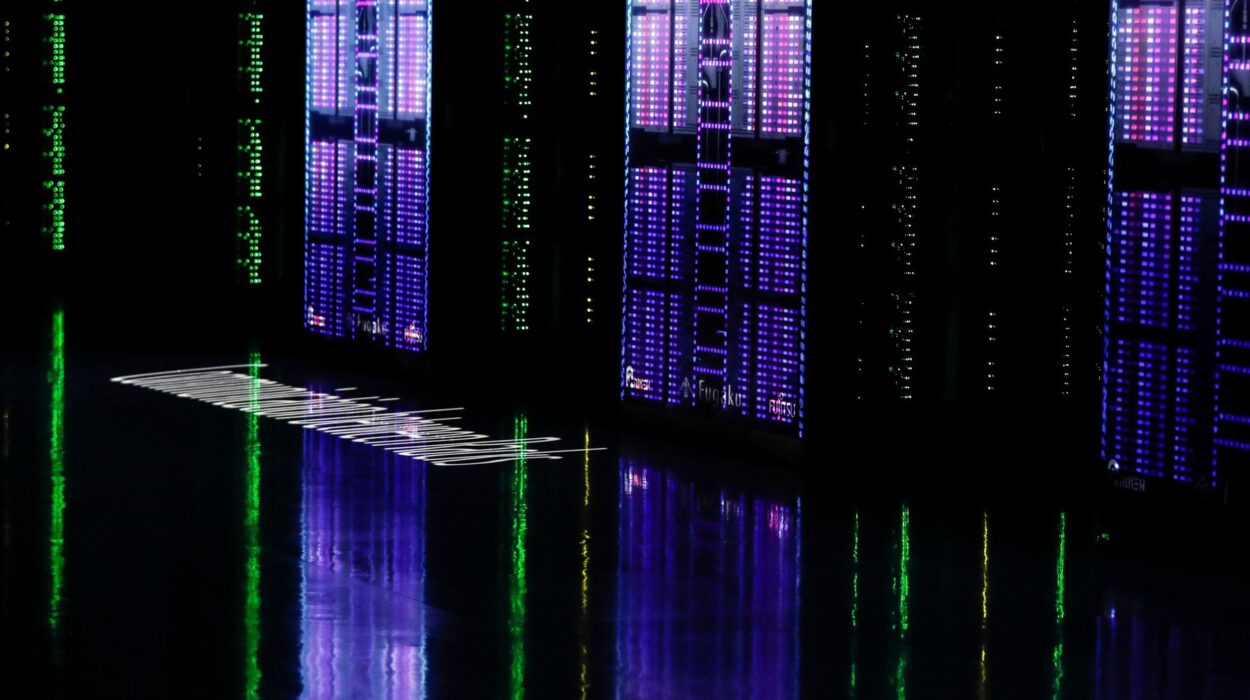DNA is the storybook of life, a microscopic code that writes the script for every living organism on Earth. It is the reason why you have your eye color, your height, your dimples, or even your tendency to enjoy certain foods. DNA is the language of life itself, a molecule so elegant and complex that it has fascinated scientists, philosophers, and dreamers alike.
But DNA is more than just a biological instruction manual—it is also a symbol of our shared humanity, our deep evolutionary roots, and our potential future. While most people know DNA as “that double helix thing” discovered in the 20th century, the truth is far richer, stranger, and more awe-inspiring.
In this article, we will explore 20 incredible facts about human DNA that are scientifically accurate yet emotionally engaging—facts that reveal just how miraculous, mysterious, and powerful this molecule truly is.
1. Your DNA Could Stretch to the Sun and Back
If you took all the DNA in a single human cell and stretched it out, it would be about 2 meters long. Now imagine doing this for all the DNA in your body’s trillions of cells—it would stretch an astonishing 67 billion miles. That’s enough to travel from Earth to the Sun and back more than 300 times. DNA may be tiny inside cells, but when unraveled, it reveals the grandeur of life written on a molecular scale.
2. All Humans Share 99.9% of Their DNA
Despite differences in skin color, hair texture, eye shape, or height, humans are 99.9% genetically identical. That small 0.1% accounts for all the diversity we see in our species—our appearance, personalities, and even disease risks. This fact is a reminder that, beneath the surface, humanity is one enormous family, bound by a nearly identical genetic blueprint.
3. You Are More Than Half a Banana (Genetically Speaking)
It may surprise you, but about 60% of your DNA is the same as a banana’s. Why? Because all living organisms share a common ancestor if you go back far enough in evolutionary time. You also share about 85% of your DNA with a mouse and 98.8% with chimpanzees. These numbers reveal our deep kinship with all life forms on Earth.
4. DNA Holds 3 Billion Base Pairs
The human genome consists of about 3 billion base pairs of DNA. These base pairs—adenine (A), thymine (T), cytosine (C), and guanine (G)—form sequences that function like letters in an alphabet. Arranged in just the right order, they build the instructions for making a human being. If you were to type out your genome, letter by letter, it would take more than 100 years of nonstop typing.
5. Only 2% of Your DNA Codes for Proteins
Here’s a shocking fact: only about 2% of human DNA actually codes for proteins—the molecules that build and maintain your body. The rest of your DNA was once called “junk DNA,” but scientists now know much of it plays roles in regulation, gene expression, and evolutionary history. In other words, most of your DNA isn’t junk at all—it’s the hidden orchestra that keeps the symphony of life playing.
6. Your DNA Can Reveal Your Ancient Ancestry
DNA is like a time machine. Within your genetic code are markers passed down through countless generations, tracing your lineage back thousands of years. Through modern genetic testing, scientists can reveal not only your ethnic origins but also whether you carry DNA from ancient humans like Neanderthals or Denisovans. Some people today carry up to 2–4% Neanderthal DNA, living proof of ancient interbreeding.
7. Mutations in DNA Make Evolution Possible
Though the word “mutation” often sounds negative, mutations are the engine of evolution. Small changes in DNA—whether through copying errors, radiation, or chance—introduce variation into populations. Without mutations, there would be no diversity, no natural selection, and no humans. Some mutations are harmful, others are neutral, but some provide advantages that have shaped our survival.
8. You Shed DNA Everywhere You Go
Everywhere you walk, sit, or breathe, you leave behind tiny traces of DNA—through skin cells, hair, or saliva. This invisible trail, known as the “DNA signature,” is unique to you. Forensic science relies on this fact to solve crimes, but it also highlights how profoundly we are imprinted in the world, even when we don’t realize it.
9. The Human Genome Project Changed Everything
Completed in 2003, the Human Genome Project was one of the greatest scientific achievements in history. For the first time, scientists mapped the entire human genome, identifying all 20,000–25,000 genes in our DNA. This opened doors to personalized medicine, genetic testing, and a deeper understanding of human biology. It was like humanity reading its own instruction book for the very first time.
10. Your DNA Can Be Read Like a Barcode
DNA sequencing technology has advanced so rapidly that scientists can now “read” your genetic code much like scanning a barcode at the store. The order of the four bases (A, T, C, G) reveals your biological story—from ancestry to health risks. What once took decades and billions of dollars now takes just a few hours and costs less than a plane ticket.
11. You Inherit Mitochondrial DNA Only from Your Mother
Most of your DNA is a mix from both parents, but there is one exception: mitochondrial DNA (mtDNA). These tiny circular DNA molecules live inside the mitochondria—the cell’s powerhouses—and are inherited exclusively from your mother. By studying mtDNA, scientists can trace maternal ancestry back thousands of years to “Mitochondrial Eve,” a woman who lived in Africa about 150,000 years ago and from whom all humans descend.
12. DNA Is More Durable Than You Think
While fragile at the cellular level, DNA can survive for thousands—or even millions—of years under the right conditions. Ancient DNA has been extracted from mammoth bones, Neanderthal remains, and even insects preserved in amber. These discoveries allow scientists to reconstruct the past, opening a genetic window into lost worlds.
13. Identical Twins Don’t Have Identical DNA
It may sound counterintuitive, but even identical twins don’t share perfectly identical DNA. While they begin with the same genetic code, mutations occur as cells divide, creating tiny differences. Over time, lifestyle and environment also influence how their genes are expressed. This is why identical twins can develop different diseases or look slightly different as they age.
14. Your DNA Could Store All the World’s Data
DNA is the most efficient storage system known to science. A single gram of DNA can hold 215 petabytes of information—that’s 215 million gigabytes. In theory, all the world’s digital data could fit into a shoebox full of DNA. Scientists are now experimenting with using DNA as a medium for data storage, potentially preserving human knowledge for thousands of years.
15. Your DNA Is Constantly Being Damaged and Repaired
Every day, the DNA in your cells suffers damage from sunlight, chemicals, or errors during replication. Astonishingly, your body repairs about 1 million DNA lesions per cell per day. Without these repair systems, life could not exist. Sometimes, when repair mechanisms fail, the result is diseases like cancer—but overall, DNA repair is one of the unsung miracles keeping us alive.
16. Viruses Have Left Their Mark on Your DNA
Shockingly, about 8% of human DNA comes from ancient viruses. Millions of years ago, viruses infected our ancestors and inserted their genetic material into their DNA. Over time, some of this viral DNA became permanently integrated into the human genome. Today, many of these sequences are inactive, but some play important roles in human biology, such as regulating genes in early development.
17. Genes Can Be Turned On and Off
Not all of your genes are active at once. Through a process called epigenetics, genes can be turned on or off depending on environmental factors like diet, stress, or exposure to toxins. This means that even identical genetic codes can lead to very different outcomes in health and behavior. Epigenetics is one reason why lifestyle choices can have long-lasting effects, even across generations.
18. The Genetic Code Is Universal to Life on Earth
From bacteria to humans, the genetic code is virtually universal. The same sequences of DNA bases code for the same amino acids in almost all organisms. This universality suggests a common origin of life on Earth billions of years ago. It also allows scientists to insert human genes into bacteria, enabling biotechnology to produce insulin, vaccines, and other life-saving medicines.
19. CRISPR Technology Lets Us Edit DNA
One of the most revolutionary discoveries of the 21st century is CRISPR-Cas9, a genetic editing tool that allows scientists to cut and modify DNA with astonishing precision. With CRISPR, we can potentially cure genetic diseases, improve crops, or even resurrect extinct species. But it also raises profound ethical questions: should we alter human DNA? Where do we draw the line? The power of DNA editing is as exciting as it is controversial.
20. You Are More Than Your Genes
Perhaps the most incredible fact about DNA is that, while it defines much of who we are, it does not define everything. Your thoughts, memories, experiences, and choices are not written in DNA but created through life itself. Genes provide the foundation, but you—your consciousness, your identity—are far more than a molecule. DNA tells the story of life, but you are the author of your own chapter within it.
Conclusion
DNA is at once the simplest and most profound molecule we know. It is made of just four letters, yet it writes the story of every human who has ever lived. It connects us to our ancestors, to all life on Earth, and to the very origins of biology itself.
The facts we’ve explored—about its size, durability, universality, and mysteries—reveal that DNA is not just a scientific curiosity. It is the poetry of existence written in molecular form, a reminder that inside each of us lies a universe of information, billions of years in the making.
As scientists continue to unlock the secrets of DNA, one thing is certain: every discovery brings us closer not just to understanding life, but to appreciating its wonder, fragility, and brilliance.






